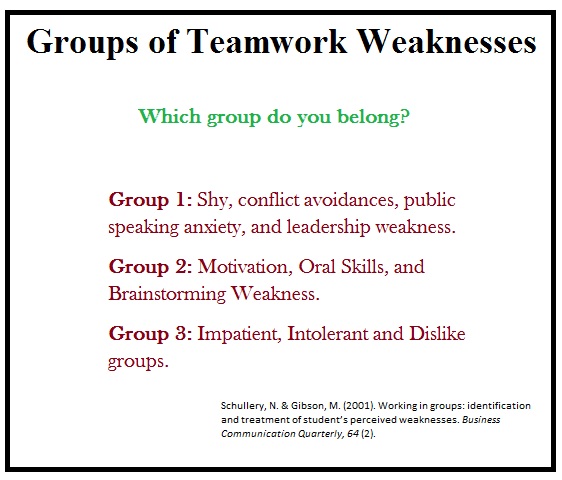Groups working together can be an enhancement to
problem solving. This problem solving can be put to good use in developing
products and services. Perpetually developing and advancing products and
services help to develop market penetration, revenue generation, and greater
opportunities. A paper by Nijstad & Stroebe (2006) delves into the idea generation
process and how associated memory highlights categories that lead to problem resolution.
The idea generation process is the first step in
finding solutions. According to Raaijmaker and Shiffrin’s people search their
associative memory (SAM) to find new ideas (1981). They search through their
memory creating a flow of thought whereby ideas and concepts spring forth by
connecting various concepts, breaking them apart and generating concepts.
Maintaining the free flowing stream of consciousness
is important. Ideas should a.) be focused on quantity versus quality, b) seek
unusual ideas, c) combination and improvement of ideas, d) not incorporate
criticism of any idea (Osborn, 1953). It is important to simply gather and
collect these ideas without judging them or creating social pressure to accept
particular ideas.
Our memories work a lot like categories and nodes.
When nodes are activated in working memory this activation spreads to other
connecting nodes creating multiple areas of connection (Collins & Loftus,
1975). These nodes work within semantic
networks. When a semantic network is activated a string of nodes with various
concepts are brought forth (Brown et. al. 1998). Crossing categories of
networks creates profound new knowledge.
When problems arise we generally use an activation
loop (long-term memory loop) and idea generation loop (working memory) to find
a solution. The working memory adjusts,
moves, connects, disconnects and generally manipulates the information that was
once stored in long-term memory (Baddeley, 1996) to produce new ideas. The larger
a person’s working memory and general intelligence the more information they
can manipulate at once.
So how does idea generation work or falter in
groups? An idea can cue new semantic networks that help to create new
associations among members. The more people who dig through their long-term
memory and spurt forward new connections in their working memory the more
collective knowledge gained. When cues from the environment block new ideas
from coming forward through criticism the type of new ideas are limited. It
becomes more likely that only those ideas that confirm existing knowledge are
shared. The result is that novel problem solving never makes its way into the
conclusion. Market potential is lost when only pre-existing knowledge is
rehashed for use.
Baddeley, A. D. (1986). Working
memory. Oxford, England: Oxford University Press.
Brown, V., et. al. (1998). Modeling cognitive interactions during
group brainstorming. Small Group Research, 29, 495–526.
Collins, A. M., & Loftus, E.
F. (1975). A spreading-activation theory of semantic processing. Psychological
Review, 82, 407–428.
Osborn, A. F. (1953). Applied imagination. New
York: Scribner’s.
Nijstad, B. & Stroebe, W.(2006). How the Group Affects the Mind: A Cognitive Model of Idea Generation in Groups.
Personality and Social Psychology Review, 10 (3).
Raaijmakers, J. G. W., &
Shiffrin, R. M. (1981). Search of associative memory. Psychological Review,
88, 93–134.
